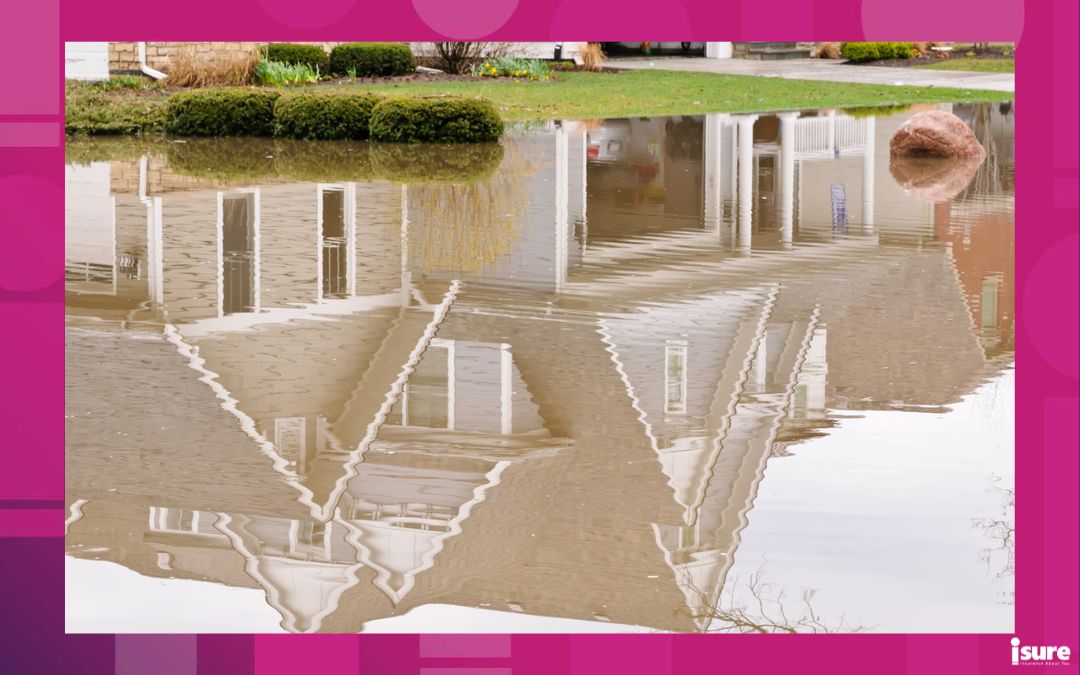No one likes to think about the possibility of experiencing loss or damage to their belongings. Unfortunately, if it does happen, you will need to think about it and plan for it beforehand. As a homeowner or tenant, it’s important to maintain a home inventory for your contents insurance. A current inventory of your belongings makes it easier in the event that you suffer a loss and need to file a home insurance claim. In this article, we explain the necessity of having contents insurance and list the reasons why you need a home inventory list to protect your belongings.
What is Contents Insurance?
Contents insurance is one of the more important investments you will make as a homeowner or as a renter. A comprehensive home insurance policy includes protection for your personal belongings and provides compensation for damages or losses because of named perils, such as vandalism, fire, theft and more. In addition, it can offer coverage in the event that someone injures themselves on your property. Your home policy typically includes contents insurance. It is financial protection included in your home policy in case your belongings are lost or suffer damage. Whether you own your home or are renting, it’s important to remember that not all insurance policies are created equal.
What does it cover?
Contents insurance covers the financial cost of replacing personal items that belong to you and your family. Policies can differ somewhat, depending on your living arrangements and whether you own a detached home, a condo, a townhome or if you rent. Furthermore, your belongings are typically referred to as your “contents” on a home insurance policy. This is everything in your home and on your property, including items in your garage and backyard shed. In short, they exist to pay you partial or full replacement costs (or if applicable, repair costs) of the items in your home that are damaged or lost.
What is a home inventory?
Typically, a contents insurance policy covers your possessions up to a certain agreed-upon dollar amount. To know exactly how much coverage you need, you need to know how much you actually have. The most effective way to determine your needs is to go through your home, room by room, to determine the total value of your things. A thorough home inventory of your contents and the associated value of them will help you and your insurance representative confirm adequate coverage. If you need to make a claim, your home inventory will help you receive proper compensation
The amount of coverage your policy provides should allow you to replace all (or the majority) of the contents in your home.
Why keep a home inventory?
Severe weather is on the rise across the country, making it more critical than ever to ensure that your property and contents are properly insured. With flooding and sewer back-up occurring more frequently, it’s crucial for Canadians to be prepared for the unexpected. If your home or rental is damaged or destroyed, it’s important that it has been insured for its accurate replacement value.
According to the Insurance Bureau of Canada (IBC), a thorough inventory of your home’s contents and the associated value of the contents will help you and your insurance representative confirm adequate coverage. So, if you need to make a claim, your home inventory will help you receive proper compensation.
Other reasons to keep a home inventory list are:
- Know your worth: Keep a list of your items and their value easily accessible.
- Determine coverage needed: This helps you decide if endorsement riders and/or floaters are needed (for items such as art, jewelry, furs etc.)
- Verification: Helps to prove items listed on a claim did exist.
- Speed up your insurance claim: Time isn’t wasted trying to make an inventory after damage has already been done.
- Maximize your claim payment: You won’t forget any of your belongings.
Keeping your records off-site is wise in case a fire or flood damages your property. A family member’s home or safe deposit box are also good options. Be sure to keep an online digital back-up, as well. In addition, update your home inventory each spring and advise your insurer of any major purchases to ensure proper coverage.
What should be included on a home inventory list?
A good home inventory should have the following information:
- A description of each item, including the make and model (if applicable)
- Estimated value of the item
- Purchase date
- Receipts
- Serial number
You’re obviously not going to have receipts for everything you own. But for general categories, like clothing, you can provide a count. Make sure to account for any valuable items, like an expensive suit or dress, separately.
Don’t forget off-site items, such as belongings you keep at a storage facility. Your home insurance policy may cover items at off-site facilities from problems, like theft and fire.
Examples of items that are typically included under contents insurance:
- Furniture
- Appliances
- Electronics
- Décor items
- Toys
- Jewellery
- Clothing
- Decorations
- Bikes
- Instruments
- Books
- Minor appliances
- Office supplies
- Bathroom essentials
- Collectibles
Keeping an up-to-date inventory of your belongings will ensure you have the appropriate coverage. Special events, such as birthdays, anniversaries or even Black Friday splurges, will affect your inventory’s total value. This home inventory will also act as proof of personal items during a claim and make it easier for you to provide information to your insurer.
How to make a home inventory list
A home inventory can be as simple as a written list, pictures or video. Or use a home inventory app to help you compile your list. As you track your personal belongings, don’t forget all of your drawers, closets, attic, and basement. The key is to be as detailed as possible and to store a copy of the inventory outside your home.
1. Make a list
- Organize your list by room: Pick a room and record all of the contents. Be sure to list not only furniture and electronics, but also small items on shelves and drawers.
- Organize your list by groups of items: Group together items like antiques, artwork, clothes, collections, jewelry, kitchen items, furniture, musical instruments and miscellaneous items.
Be sure to keep detailed records. If possible, include dates of purchase, serial numbers for electronics, receipts for high ticket items and always create a back-up file on a USB, your Google Drive or Dropbox.
2. Take photos and/or video
If you have a smartphone, you have the tools you need to record your personal belongings with photos or video. Take a walk through your house and capture each item. If possible, get a clear shot of the serial number. If you’re taking a video, it’s a good idea to describe the item, its estimated value and the date of purchase. To help get you started, the Insurance Bureau of Canada offers a personal property inventory pamphlet available for download to help you organize your belongings.
3. Using a home inventory app
A home inventory app helps you to organize, document and keep track of the items in your home, in storage or across multiple properties. You can use apps, like Sortly and Nest Egg, on your smartphone or tablet to list items, store photos and video. Home inventory apps have a wide variety of capabilities, including:
- Grouping belongings by category
- Scanning barcodes for accuracy
- Uploading and exporting photos
- Organization in categories and sub-categories
- After purchasing an iOS-only app, you can install it on all your devices: iPhone, iPad and iPod Touch
Whether you rent or own, you have a lot of personal possessions that need protection. A home inventory list is a vital component of protecting the contents of your home. This list will ensure you have added protection if any of your belongings should happen to be stolen, damaged or vandalized. Make sure you have the right home insurance coverage and speak with one of our isure representatives today to learn more about contents insurance to help you protect the possessions you cherish.




